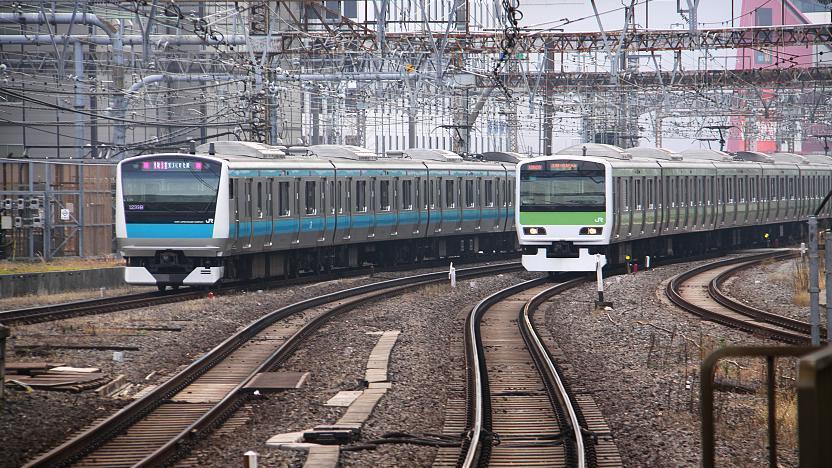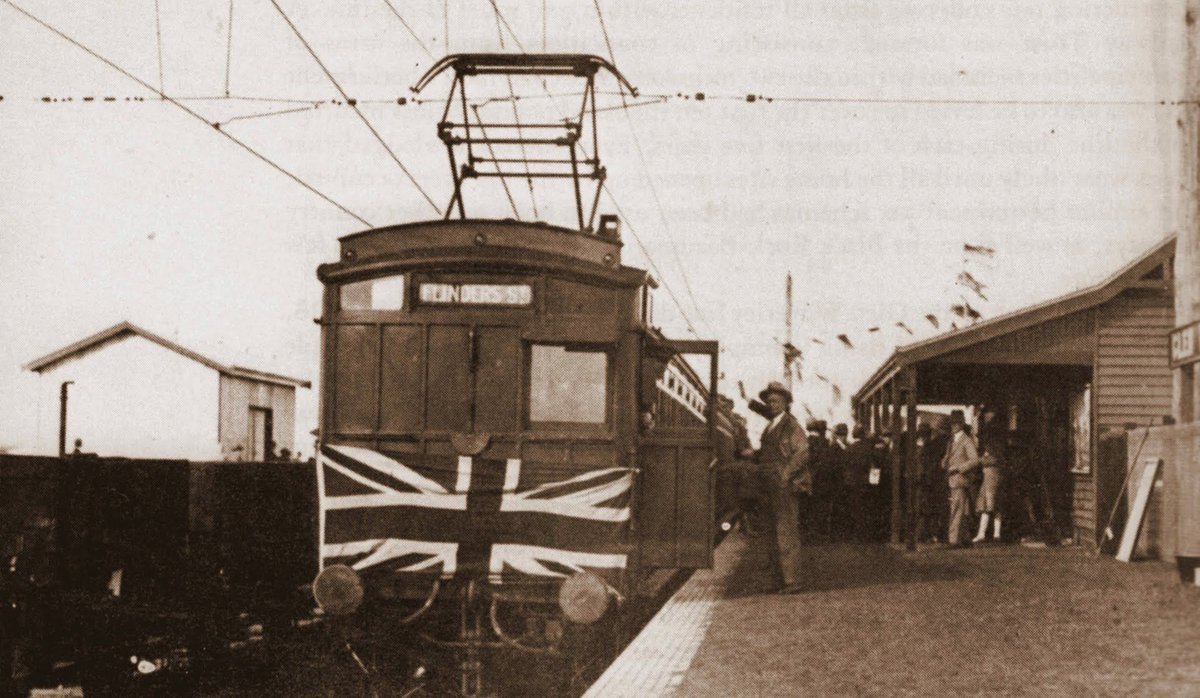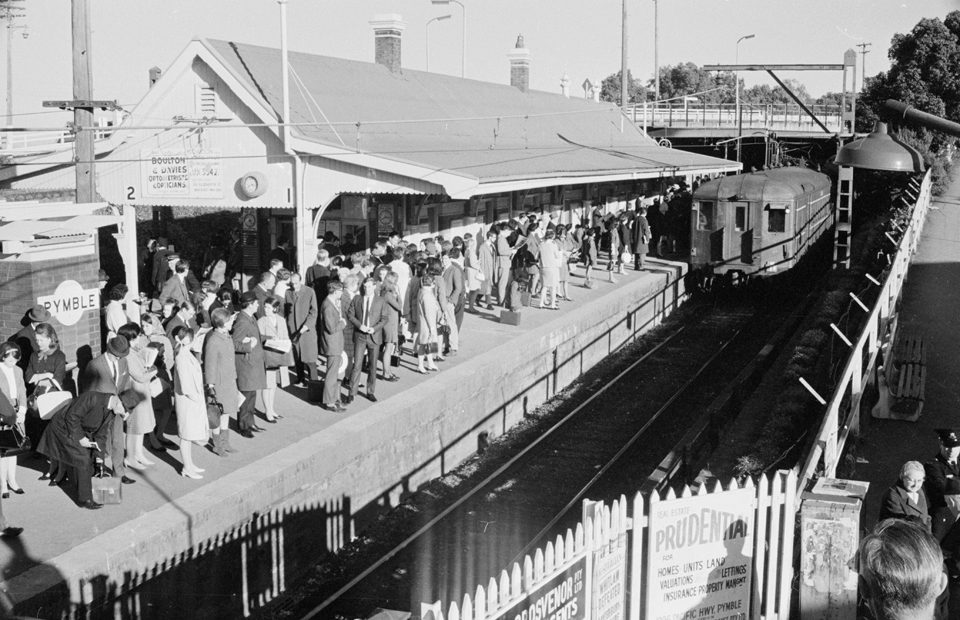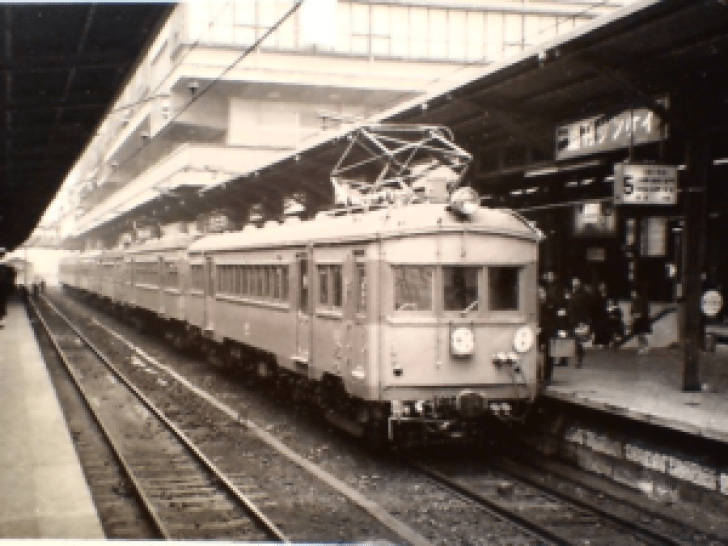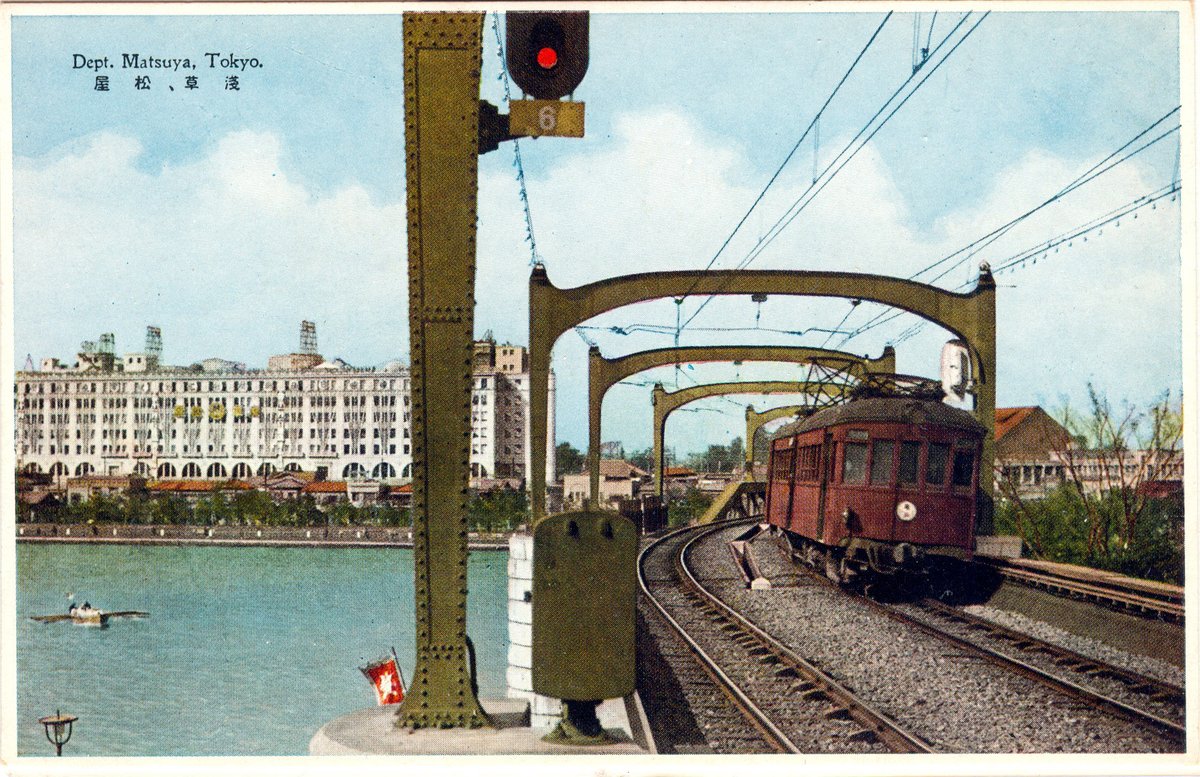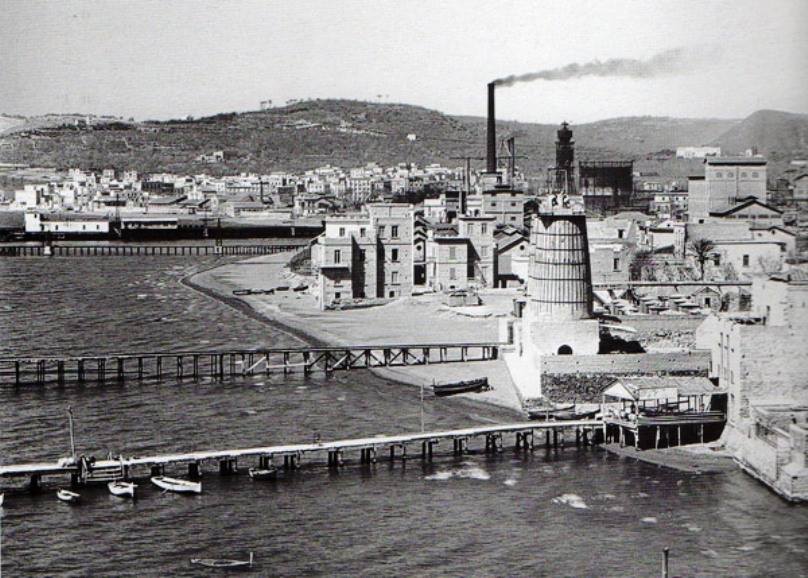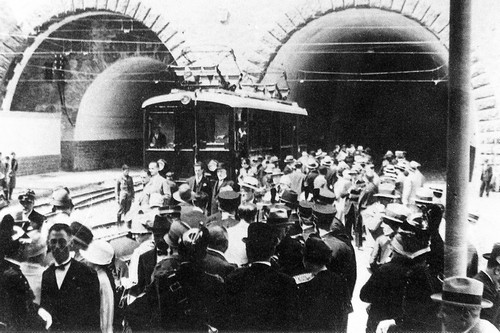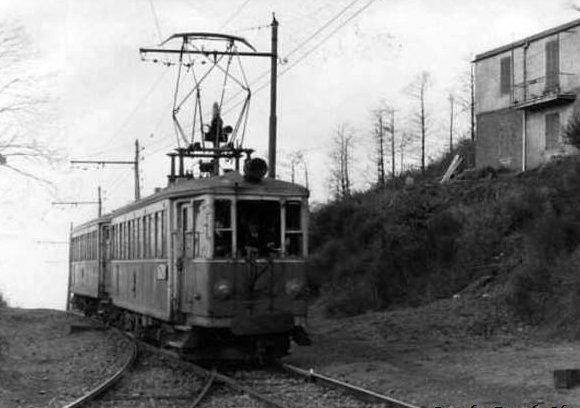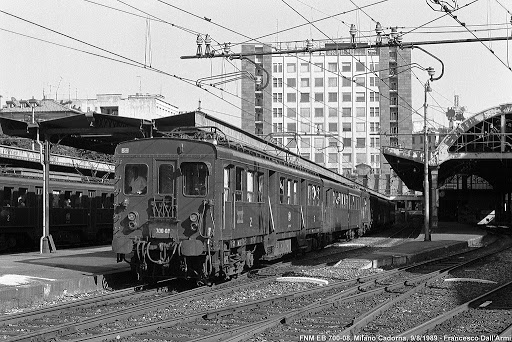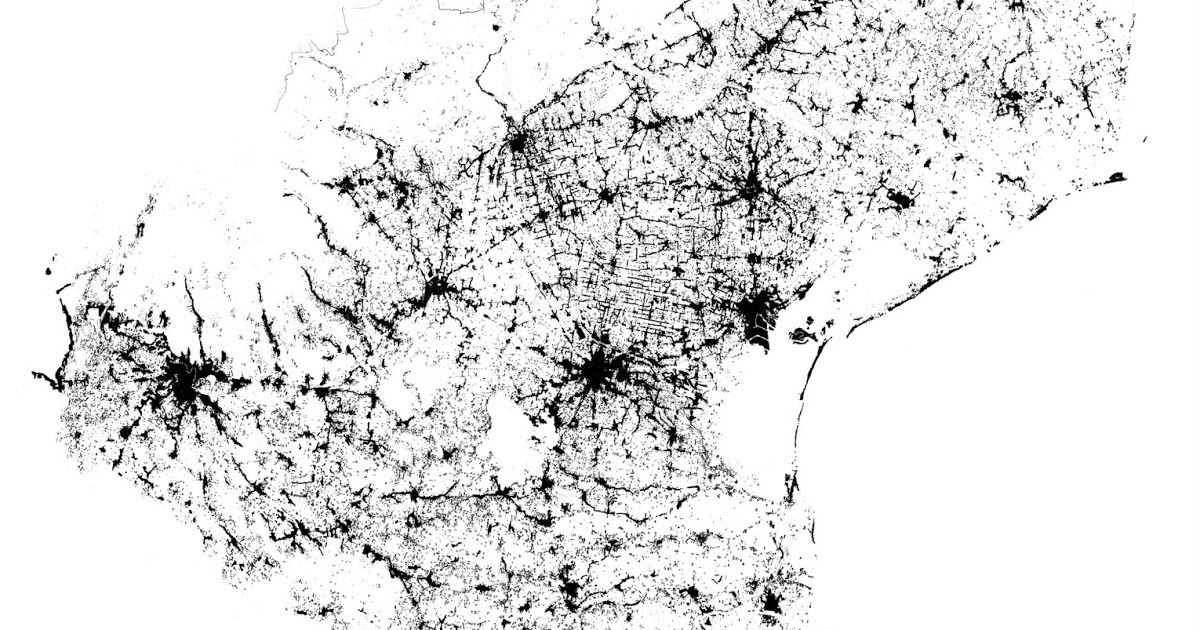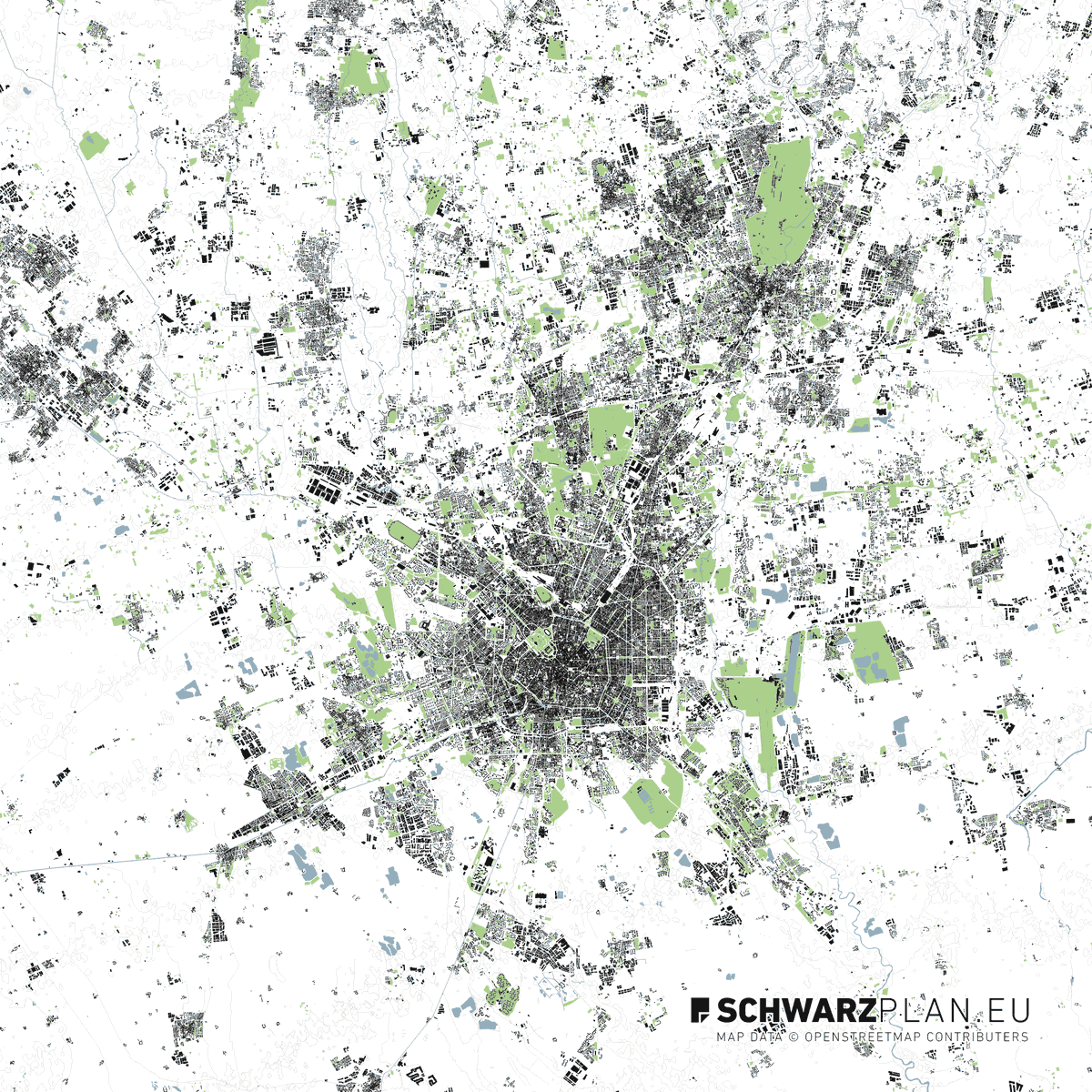1/ A thread about how much history, even the most remote one, matters in the development of transport networks and in the establishment of consolidated practices in a given context, going from Tokyo to Naples, passing through Paris, Australia and America (in less than 80 tweets)
2/ This thread comes after some exchanges I had recently with other Italian planners/passionate of transit about why in Italy it is so difficult to introduce proper regional rail practices that have been the norm for decades in neighboring countries.
3/ Since I think that history can explain a lot of what happens today, as both practices and institutions are historical construction, I try to understand "why there and not here", with a quick travel around the world of regional/commuter rail history
4/ In former British dominions, several cities have extensive suburban networks and no subway. Take for example, South Africa, most Australian cities or, to a lower extent, New Zeeland’s, with their networks of commuter rails radiating from downtown to the outer suburbs
5/ Most of these networks developed since the beginning (or were transformed early) with the primary intent to provide commuter service and drive suburban growth: electrified, double track, high platform, closely spaced stations (1-1,5 km) often with island platforms, EMUs, etc.
6/ British dominions are quite unique cases (to my knowledge), probably because urban growth happened when the push for horizontal development and de-concentration in the Anglosphere was already strong and the electric commuter rail technology mature enough.
7/ Japanese cities, especially Tokyo, are another interesting example of commuter rail that developed in the 1910-40s, coupled with a strong “de-concentration” movement. As primarily “urban” services intended for daily commute, they boost an early metro-like standard.
8/ In the US, a few North-East metros, whose suburbanization happened in the beginning of the last century, developed by adding new suburbs along electric commuter lines in a Garden Suburb fashion, but the car-structured development kicked-in very early, already in the 1920s
9/ In Europe, the development of dedicated commuter/suburban electric rail, specifically intended for the daily back and forth trips of white and, later, blue collars, happened massively only in two continent& #39;s “mega-cities”: first in London and, only much later, in Paris
10/ In southern Europe, early suburban commuter lines have a different story. Naples and Barcelona are interesting examples of a rather different pattern and purpose behind early 20th century suburban rail development.
11/ In both cases, dense network of large population centers scattered in a 20-30 km radius outside the main city already existed before the rail age in both cities. Many were early manufacturing centers since the end of the 18th century.
12/ In both Barcelona and Naples, some of these outer centers industrialized even faster than the main city itself (i.e. Terrassa, Sebadell, Gracia or the Llobregat valley for Barcelona; Bagnoli and the gulf coast in Naples).
13/ In both cities, the narrow-gauge passenger railways that were built in the late 19th/early 20th (the FGC network in Barcelona and the Circumvesuviana/Cumana/Alifana in Naples) connect the central city with these pre-existing closely spaced towns and cities, not new suburbs
14/ Both in Barcelona and Naples, the central city kept growing in the postwar years in a very dense fashion
15/ But these are exceptions. In Italy, Rome built only interurban tramways to Castelli, Fiuggi or other little towns, that never properly became commuter independent lines. In Milan, the thing closer to a proper commuter system is the FNM (Ferrovie Nord Milano) network
16/ But FNM was built mainly as a short-range intercity steam network, even if private, connecting Milan with the towns and villages at 90-100 km in the North-West. Its function as regional rail emerged only in the mid 1970s, when a real suburbanization process started in Italy
17/ Around main cities, mainline rail became “commuter” line, in terms of demand, in this period, but the state railway was slow to recognize this emerging function and to understand that regional rail, need a strong specialization and different operational practices
18/ Until the 1990s, FS used to run local trains (stopping at every station) on > 500 km ranges, on the same city-pairs it run faster “celeri” or “espressi”. There were local trains connecting Milan to Rome in 7 hours, with very low fares
19/ Local provided both for peri-urban commuting around main cities and for long-distance connections, in a very old fashion. The idea of “treni pendolari” (commuter trains) as services with specific needs in terms of design, rolling stock, etc. emerged slowly only from the 1980s
20/ Even today, the “passante” in Milan is used under its potential because of this long-time mentality of running mainline undifferentiated service in a context where urbanization has always been either concentrated or multi-polar, not evenly sprawled as in N-A or Australia.
21/ Thus, the difficulty to specialize services is not just a problem of mentality, but also linked to the lack of a strong prevailing urban centrality in many urban areas (Veneto, Emilia, the Tuscanian plain) that makes the case for a classic regional rail system more difficult.
22/ Even around Milan, a Munich-like hub-and-spoke S-bahn network is probably insufficient for an area were population/jobs are scattered around a closely spaced net of urban centers building on a territorial structure that is more than a millennium old.
23/ In this cases, some combination of Swiss, Rhur or Randstadt-style mixture of S-bahn, closely knitted intercity services (like Sprinters in the Netherlands), together with interurban tram networks might be more effective
24/ Conclusion: one size does not fit all.
Even within the narrow category of short-range passenger railway, the variety of the ways the development of these networks interacted historically with urban growth patterns to shape rail practices around the world really amazes me...
Even within the narrow category of short-range passenger railway, the variety of the ways the development of these networks interacted historically with urban growth patterns to shape rail practices around the world really amazes me...
....and I hope so does with you

 Read on Twitter
Read on Twitter